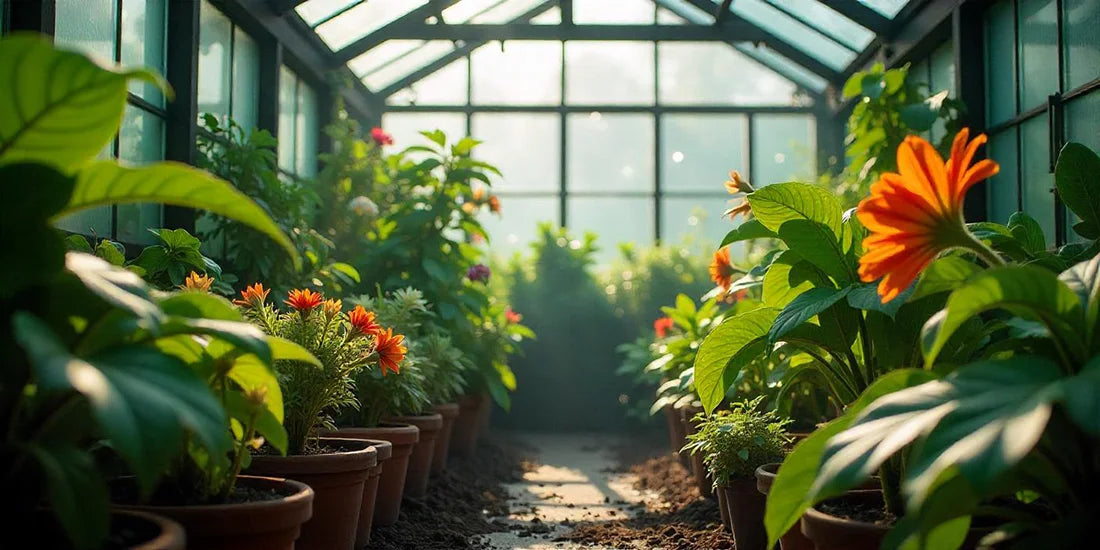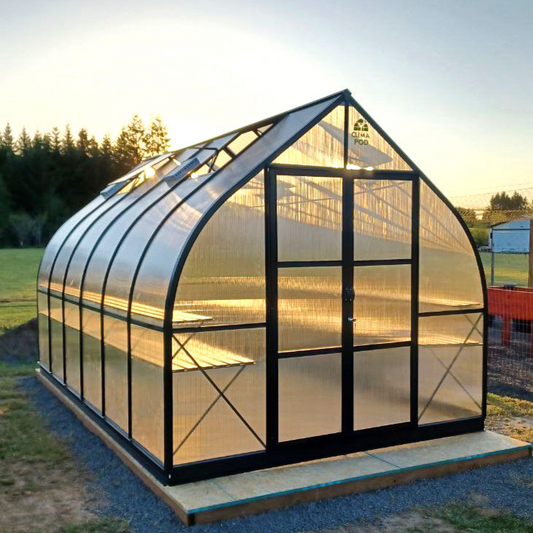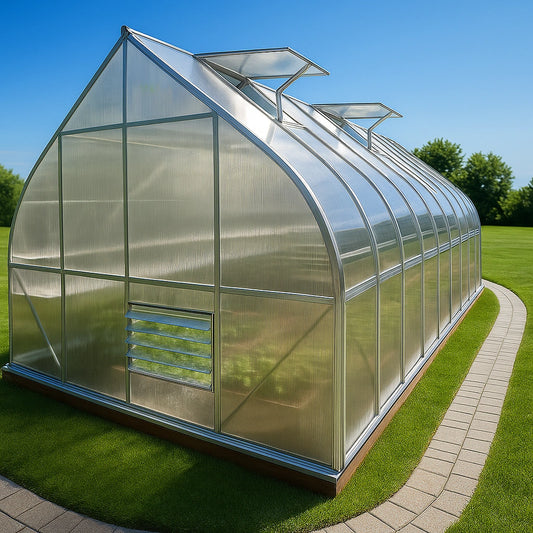
Greenhouse Cover Materials: Choosing the Right Solution for Your Needs
Selecting the Ideal Greenhouse Cover Material
The choice of greenhouse cover material significantly impacts your growing success and long-term investment. Factors like light transmission, thermal efficiency, durability, and cost all play crucial roles in this decision. While glass, polyethylene, and polycarbonate are common options, each presents unique advantages and drawbacks.
Glass Greenhouses: Premium Performance, Higher Cost

Glass offers superior light transmission, promoting robust plant growth. However, tempered glass (at least 6mm thick) is essential for durability, significantly increasing the initial cost. The added expense of framing each glass pane and the potential for breakage contribute to higher overall investment. Glass also has lower thermal insulation than other materials, requiring more substantial heating systems for year-round cultivation. Therefore, it is a premium option, best suited for large-scale operations or applications where the best possible light penetration is critical, even if there are additional costs to consider.
Polyethylene Film Greenhouses: Budget-Friendly, Shorter Lifespan

Polyethylene film offers the most budget-friendly entry point into greenhouse cultivation. However, this affordability comes at the cost of durability and lifespan. High-quality polyethylene film typically lasts around 3 years, and for winter use, double layering is necessary to provide adequate insulation. This added layer complicates setup and reduces light penetration. Polyethylene is best suited for small-scale, seasonal operations or as a temporary solution.
Polycarbonate Greenhouses: A Balance of Performance and Value

Polycarbonate offers an excellent balance of thermal efficiency, light transmission, and cost-effectiveness. Its superior insulation properties minimize energy loss, leading to lower heating costs. However, prolonged exposure to ultraviolet (UV) radiation can cause yellowing and reduced light transmission over time. Expansion and contraction due to temperature fluctuations should also be considered during installation. Therefore, polycarbonate is a suitable material for the medium- to large-scale grower who doesn’t want the expense of glass or the maintenance issues that come with polyethylene film. It's a long-term investment that delivers superior value for money.
Your choice of greenhouse material hinges on your budget, the scale of your operation, and your climate. Consider the total cost of ownership, factoring in material cost, installation, maintenance, energy expenses, and lifespan. For a profitable and sustainable operation, carefully weigh the advantages and disadvantages of each material to select the one that best aligns with your specific needs and long-term goals. For many growers in the US, polycarbonate greenhouse offers a strong balance between cost and performance, making it a popular choice.











